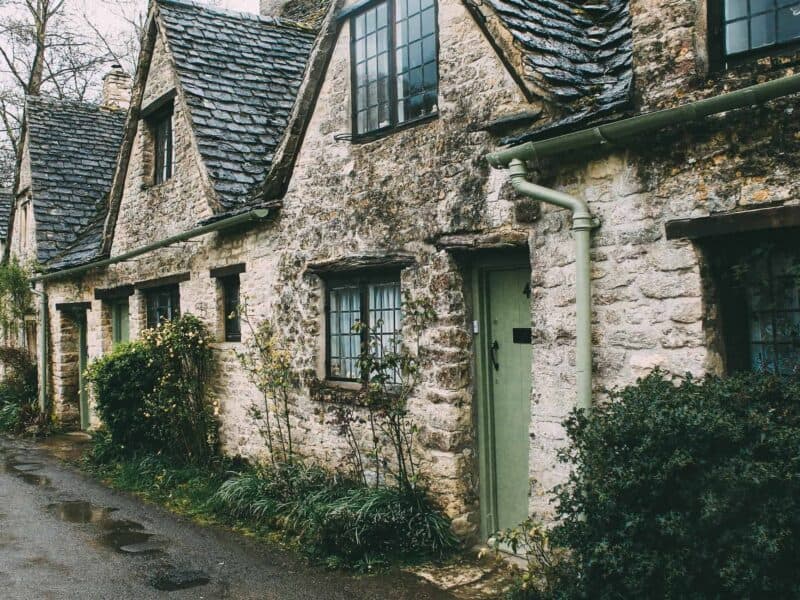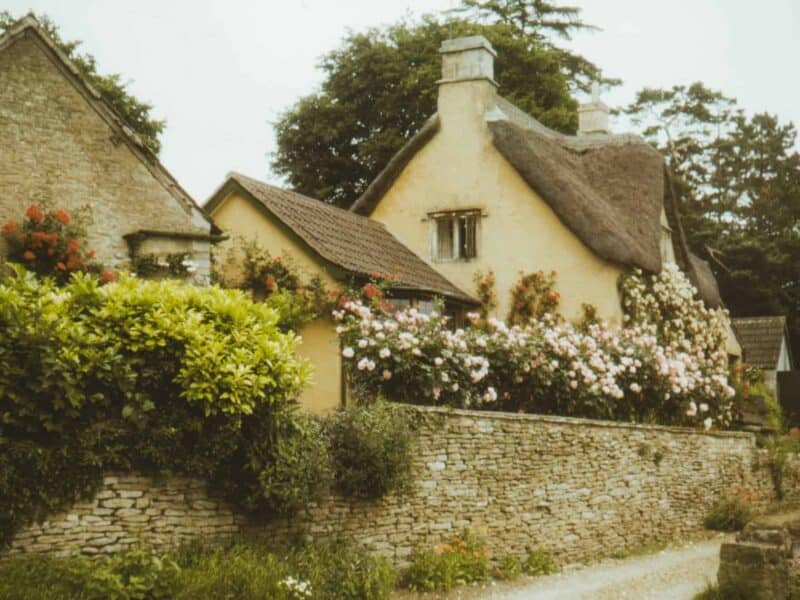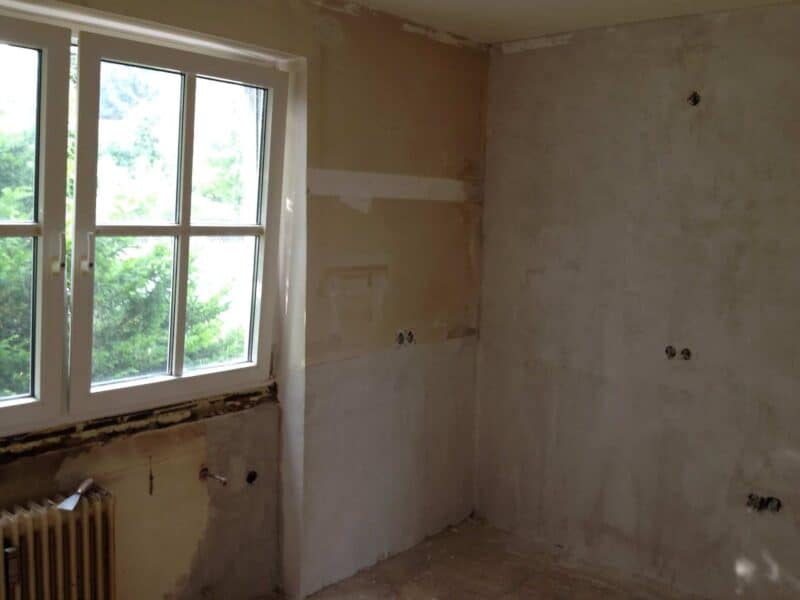
The most important thing about renovating a listed building is to take advice about what needs doing and what the restrictions are before you buy it.
This cannot be over-emphasised. The purpose of listing is not to fossilise a property but to protect it for the future and if that can be better served by allowing the use of the building to be changed to suit modern living, then the authorities will listen to your proposals. But there are no guarantees.
What is ‘Listing?’
The use of the word ‘listing’ comes from the setting up of lists of endangered buildings that the government felt should be protected from being demolished or unsympathetically altered.
This process began after the Second World War, and when a building is submitted to the authority that runs the scheme and is accepted, it goes onto the list, hence ‘listing’.
Different Systems Around the UK
The process is administered slightly differently in the various areas of the United Kingdom, with English Heritage responsible for the system in England and Wales and classifying buildings as Grade I, Grade II* and Grade II, although the system is currently under review and there is talk of II* disappearing.
In Scotland the process is under the control of the Scottish Executive and the scheme, administered by Historic Scotland, grades properties as Category A, B or C. In Northern Ireland, the Environment and Heritage Service classifies buildings into Grades A, B+, B1 and B2.
The essence of each scheme is the same, at the highest level you can’t change anything and must replace like with like, and lower down the scale changes are possible. At all the levels changes must be reviewed by the administering body before they take place and often afterwards.
It’s worth pointing out that it’s not only buildings that are listed, monuments, parks or whole areas such as all the buildings surrounding a square in a city, or a whole village in the country, can be listed too. So although your property itself may not be listed, you may still be subject to restrictions.
What Does This Mean for Your Project?
Assuming your renovation is intended to restore a property to it’s full glory, then the local planning authority will consult with the correct authority in that country (i.e. English Heritage in England and Wales, Historic Scotland or the Environment and Heritage Service in Northern Ireland) to make sure that the renovation goes ahead in the right way, with the appropriate materials and techniques used to preserve the integrity of the build.
Assuming you can reach agreement with all the relevant parties, you will be given Listed Building Consent (LBC) and can proceed. Depending on the grade of your property, LBC may be necessary even to redecorate!
Time and Money
There are three major impacts on your project, firstly that the build will be delayed a lot more than usual while these consultations are going on.
The second is that the cost of the build is likely to be significantly greater than if it were not listed, as you will not be able to use modern materials and techniques. You may also find it harder to borrow money on the property to fund the work.
The final one is that you may come to a disagreement over the conclusions of the planners, which could stop the work and involve court action. It’s obviously best to try to avoid that one!
However for most people renovating a listed building, it is likely that they are attracted to it because of its age, importance and architectural significance, so they would not be interested in doing the wrong thing to the property. It’s just that the planning stage needs to incorporate more time and money to cater for it.
Extending
Where an extension is to be made to a listed building, the idea in the past was to imitate the existing part of the building so that they blended in invisibly.
More recently, however, planners have requested that the new part should be completely different, so that there is a clearer dividing line between old and new, but designed in such a way that the two complement each other.
This obviously throws up some challenges for the architect on your project. In some cases the new part will be utterly different, but in the same materials, and in others it will copy the design of the old but use different materials or colours to pick it out.
Tread Warily
It is essential that you are aware of the importance of following the laws regarding listed buildings. Making alterations without LBC can result, at worst, fines and a one-year prison sentence, and being forced to put the work right at your own expense. Doing nothing is also illegal. If you neglect a listed property that you own legal action can be taken to force you to restore it.
Bright Sides
There are a number of bright sides to renovating a listed building, not least the pride of restoring something worth keeping. One is that if you have LBC and it is correctly worded, you can reclaim the VAT from the builders and other traders that you use on the renovation.
This needs expert advice to ensure it will work as it is not applicable to repairs and general maintenance. So if, for example, you are removing incorrect roof tiles to replace them with the right ones, this can be treated as repairs and maintenance unless it is correctly indicated in the LBC.
Grants
Another good thing is that grants may be available to help out with some of the work. The administrative body for listed buildings in your country may help, and so may the local authority, but probably only for the two top grades in your country.
It’s also worth doing a bit of ferreting to try and find other, more obscure sources, such as local trusts or charities interested in preserving the character of an area, or buildings of a specific type. A trip to the major library in the area should yield a directory of grant sources that can be searched.
Play the Game
Bear in mind that the authorities are not against changing the use of a building if it will mean that an important structure is saved.
So if you buy some stables thinking that you can turn them into a home, then it is quite likely that it will be allowed as long as it is done according to the rules and sympathetically, but you must sound out the planners first before laying down any cash.


